This has been an action packed week for me, it's the one year anniversary of the Minneapolis Tornado that ripped through a great blue heron rookery, destroying all the nests (and almost all the offspring) and displacing most of the adults. The herons ended up renesting, some at an older rookery at Coon Rapids Dam and then other establishing a new rookery downriver at the Head of Navigation on the Mississippi River, near Marshall Terrace Park. To our surprise and relief, some of the birds ended up fledging young last year.
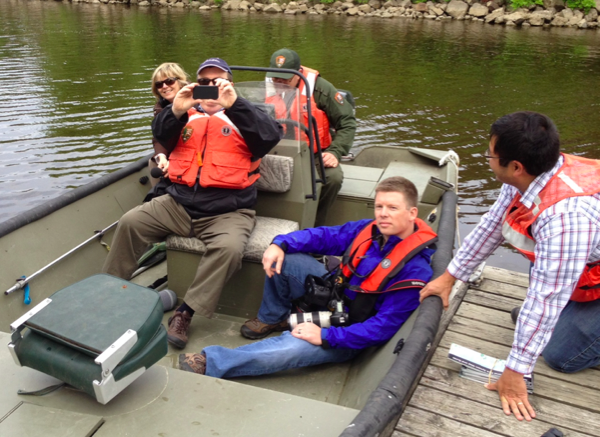
And to my utter delight, they came back this year and nesting is again well under way. Tom Crann from All Things Considered asked if there was a way to go out and visit the rookery. The superintendent of my park (MNRRA) Paul Labovitz offered to drive the boat and try to safely land on the island. So off we went under the threat of rain and lots of wind to visit the new rookery. Above is Jayne Solinger, Tom Crann, Paul Labovitz, Jeffery Thompson and Brian Valentine. Tom was getting a photo of me getting a photo of him. It was all very meta on Twitter.
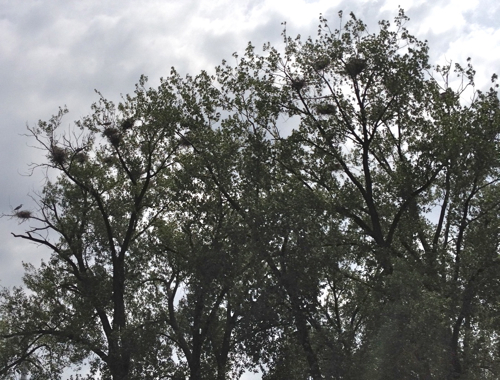
This is a shot beneath the rookery from the boat, look at all those those nests. Even though it was windy, if you took a moment, you could hear the chicks begging for food. Paul found a safe place to land the boat and we walked around on the island. I was able to count about 40 nests, most of which were active. I wasn't sure if some of the smaller ones were starters or leftover from last year. There's still plenty of room to grow on this island, so I'm sure we'll see more nests in years to come.
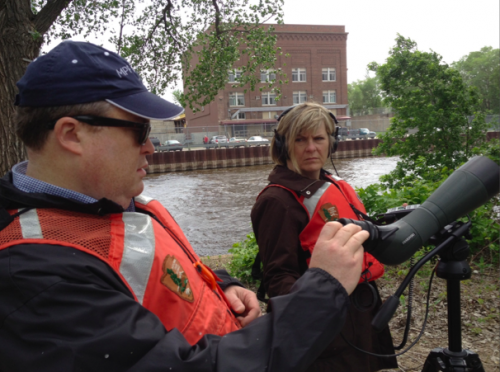
We had fun on the island and I even taught Tom how to digiscope with his iPhone and my Swarovski scope.
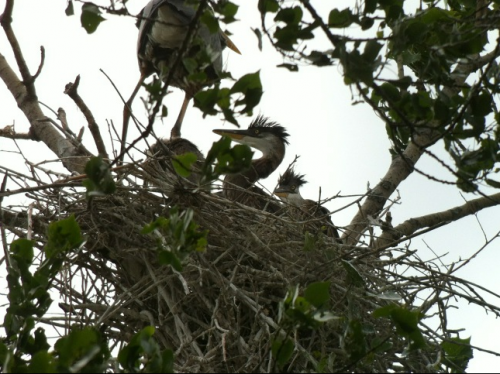
This is one of our iPhone scoped photos, we were sending them to Twitter, but Tom also added them to the story on the MPR site. Awesome. These young herons look like they are about to leave the nest. I think that mild March allowed the great blue herons an early start on nesting.
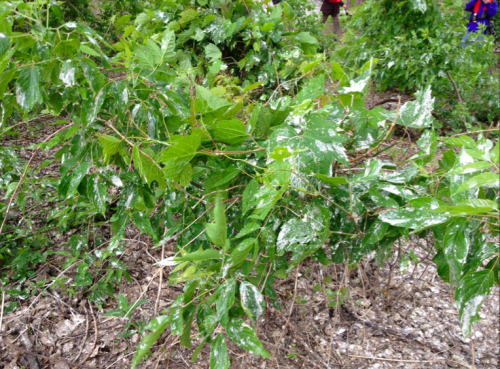
I couldn't help but notice how much poop was on the island. As I understand it, Xcel Energy owns the island and you're not supposed to land on it, but people do. Last year I found some campers and a local tour operator landing under the rookery. I couldn't help but think this a foolish situation, fish reeking heron poop is no fun to have on your clothing...or to camp under--ew. While we were on the island, we felt some moisture and we thought it had started to rain...
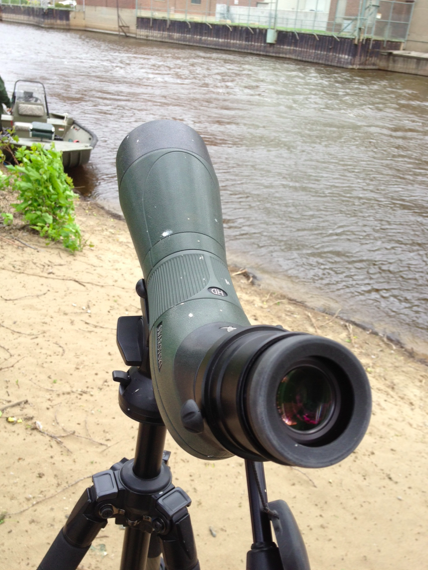
Then I noticed that the speckles were white and realized that I just got the MPR crew covered in heron poo! Way to go, Ranger Sharon! I had to call and ask Swarovski what the best and safest method is for removing heron poop from my spotting scope body. Typically I just run it under the shower but I think this will need a little elbow grease...and quite possibly a toothbrush.
Thanks to the super windy conditions on our way back to shore, everybody got sprayed with Mississippi River water, so that did kind of help clean off the heron poop...though everybody had to go back to the studios a little wetter than expected.
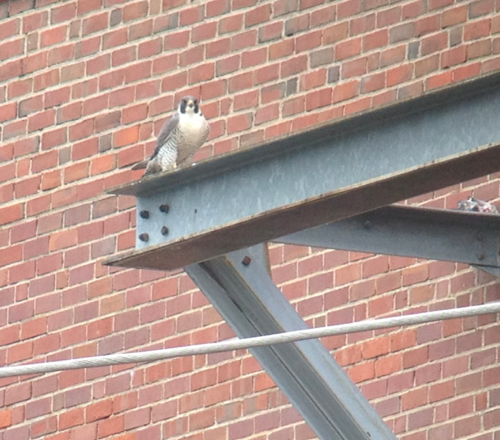
The peregrine falcons who use the nest box flew around us on the island a few times.
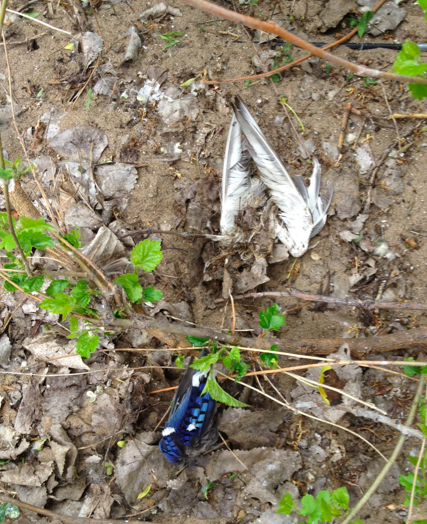
You can see they are still using the island as their plucking perch. We found all sorts of bird parts from several blue jay wings, killdeer wings and catbird parts.
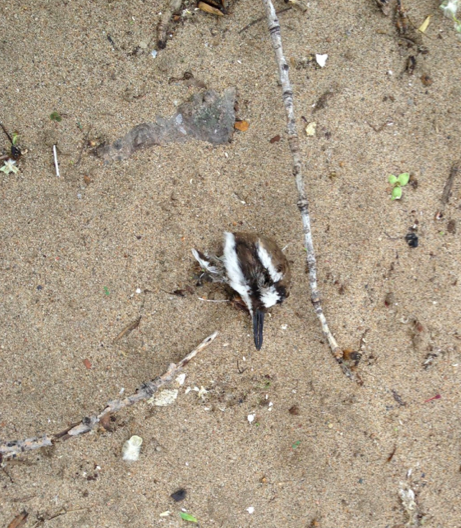
There was even a disembodied killdeer head!
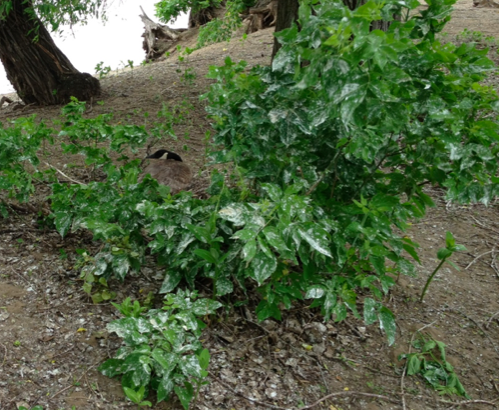
Canada geese nest all over the island, but many of the nests were abandon. I wonder if people landing on the island or the constant barrage of heron poop was the cause. I wasn't able to get a photo but there are also at least three spotted sandpiper nesting territories. You know, if it weren't for the heron poop factor and parent freak out factor, this island is a naturalist's dream and I would love, love, love to use it as an outdoor classroom. So much to explore and every bit of it is a teachable moment.
So, here is the story from All Things Considered and Tom also found that Xcel has set up a heron cam, so you can watch from the safety (and less stinky) area of your desk.

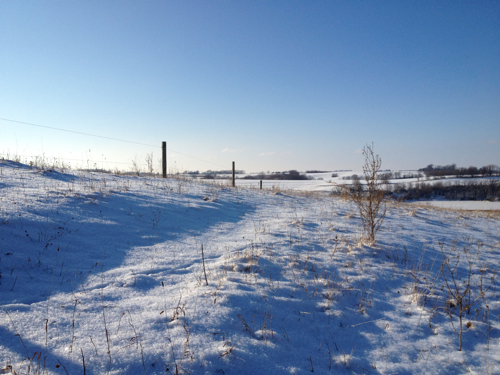 I'm still doing some of my bird surveys. And up until this week I was having a cheery time in the field, but now it's so incredibly silent. I can't believe this is the same spot that was
I'm still doing some of my bird surveys. And up until this week I was having a cheery time in the field, but now it's so incredibly silent. I can't believe this is the same spot that was 







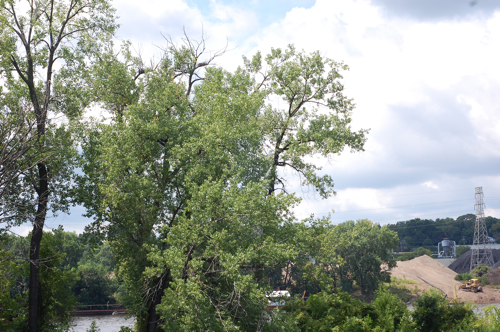
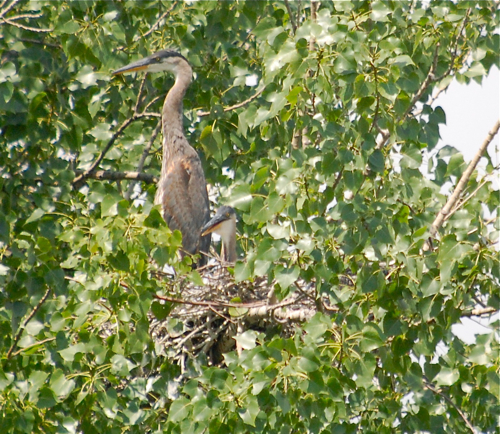
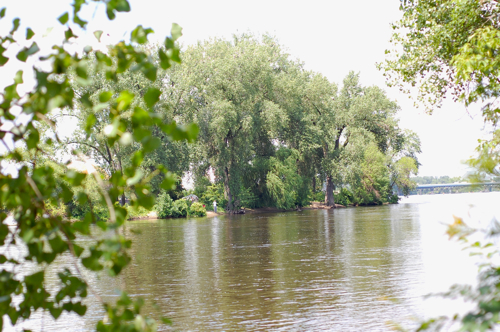
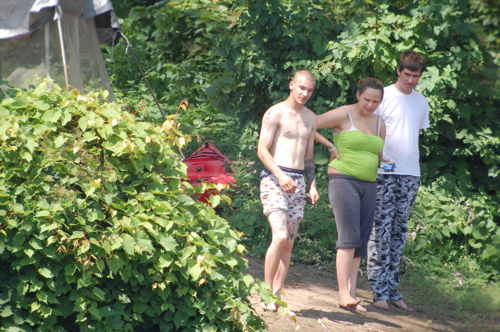
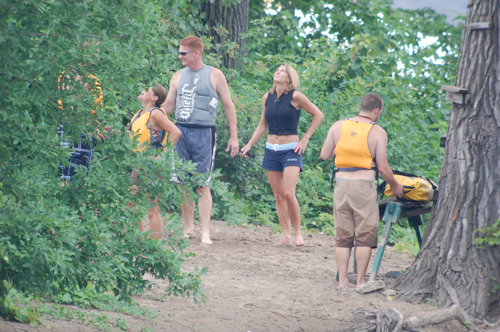
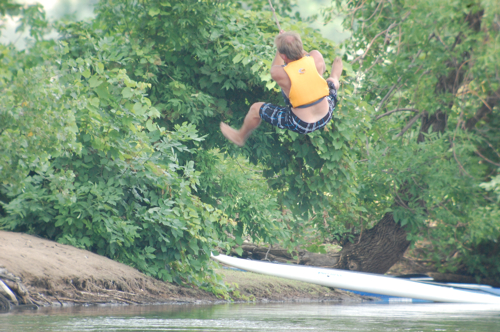
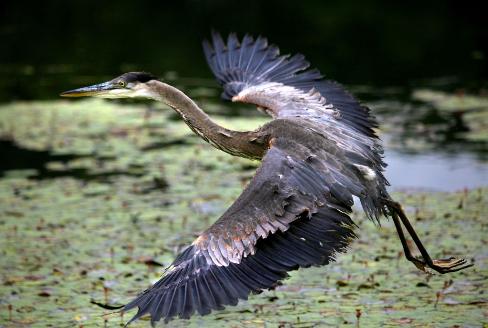
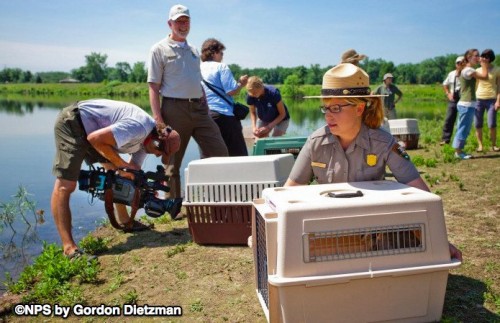
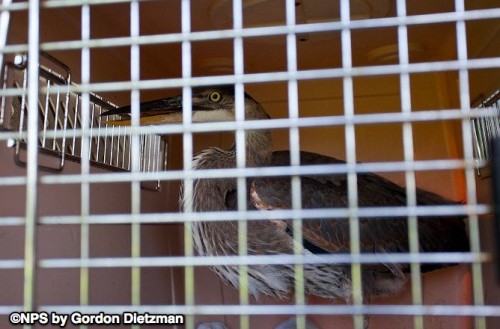
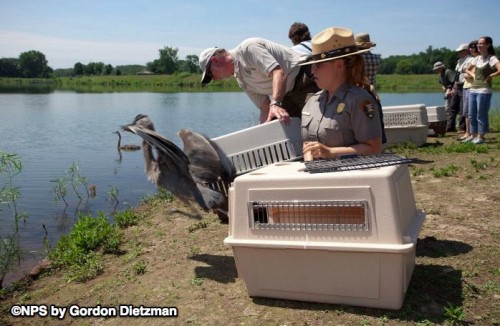
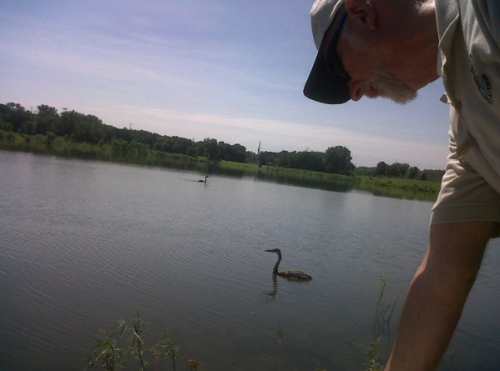
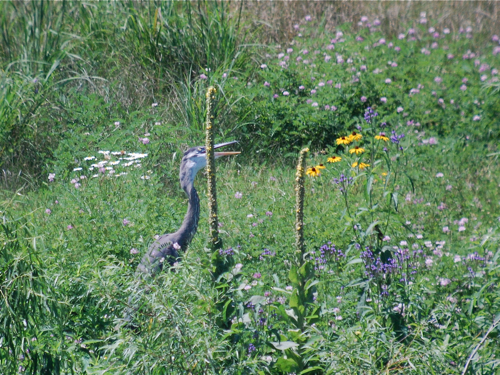
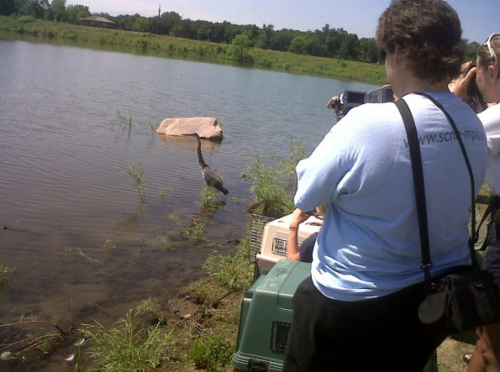
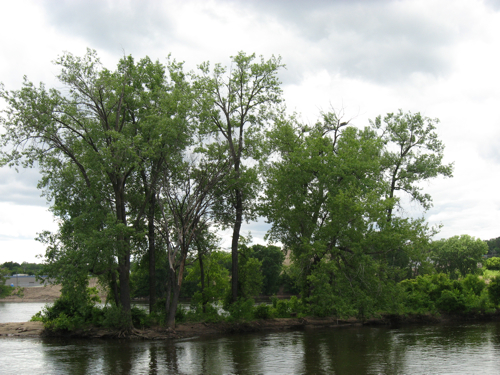
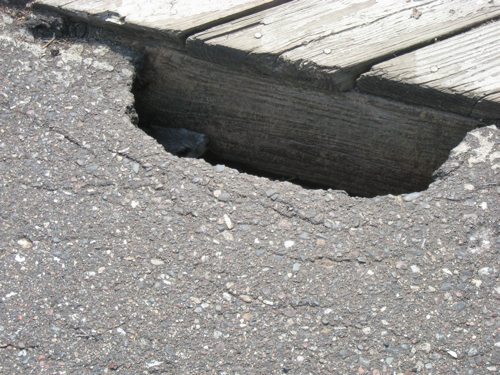
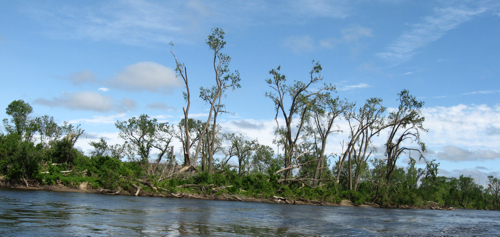
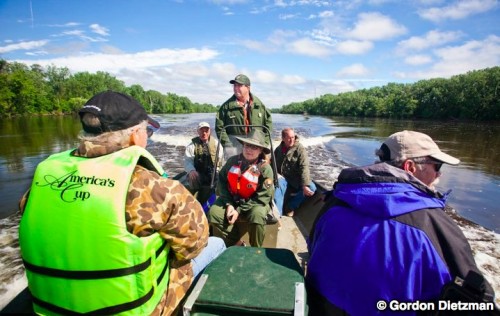
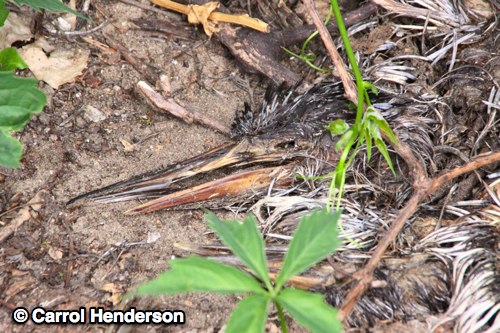
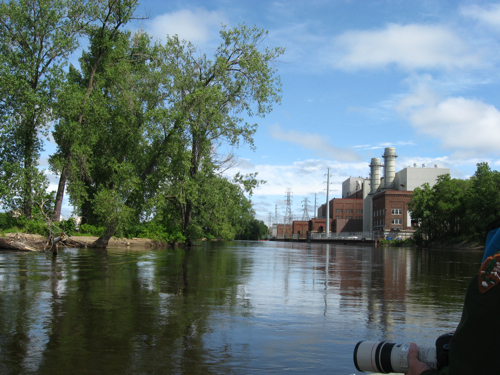
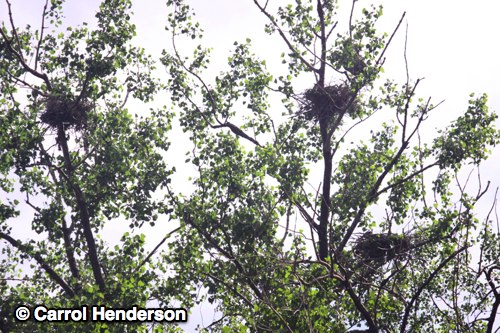
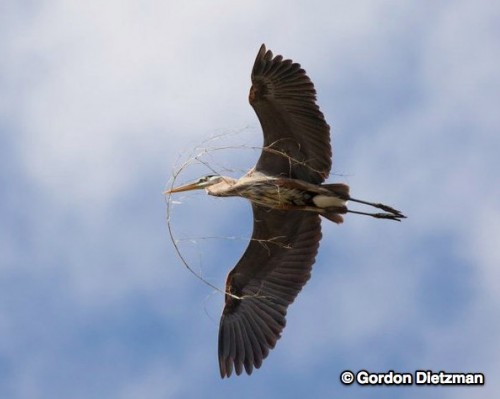
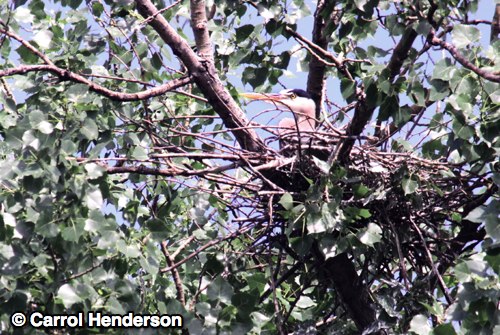
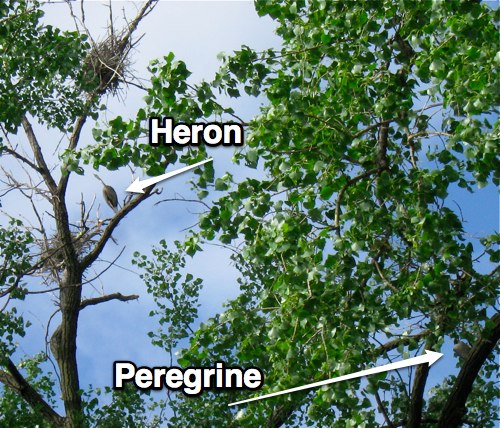
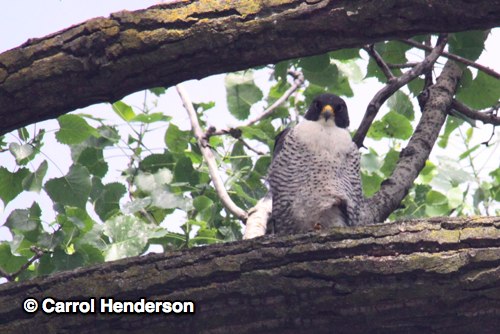
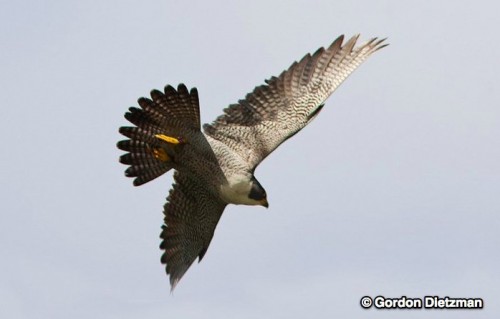
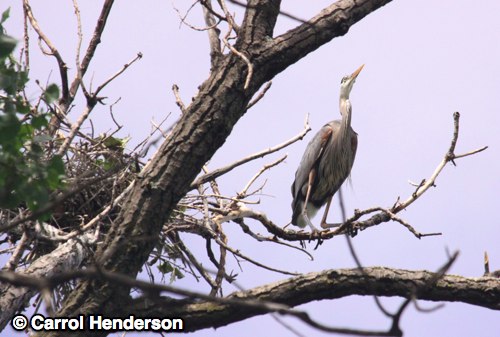
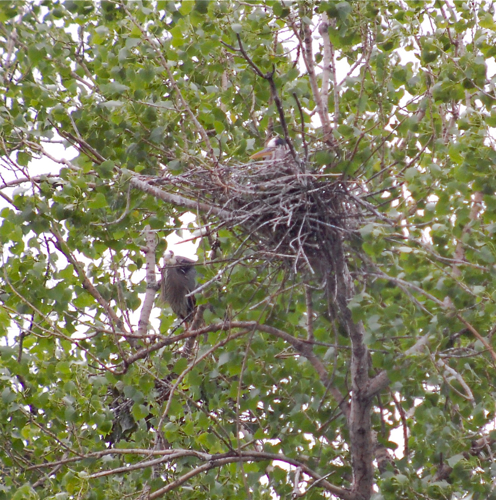
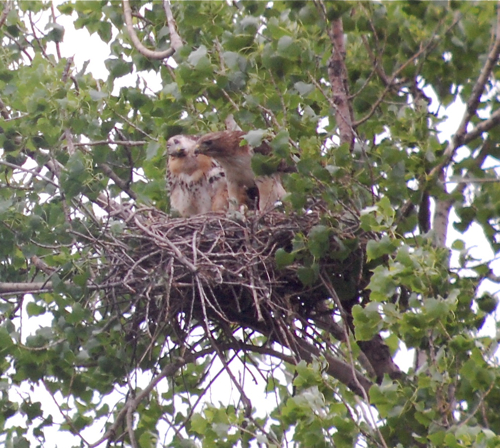
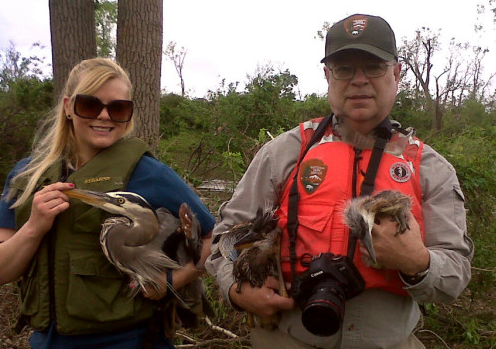
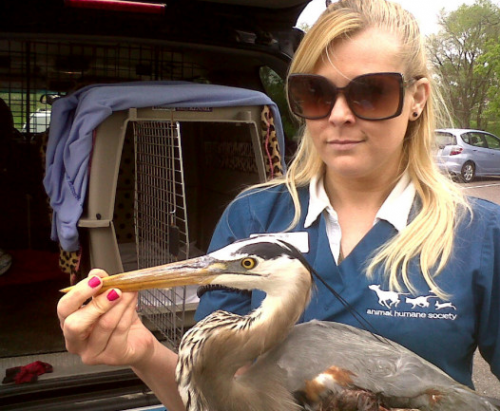
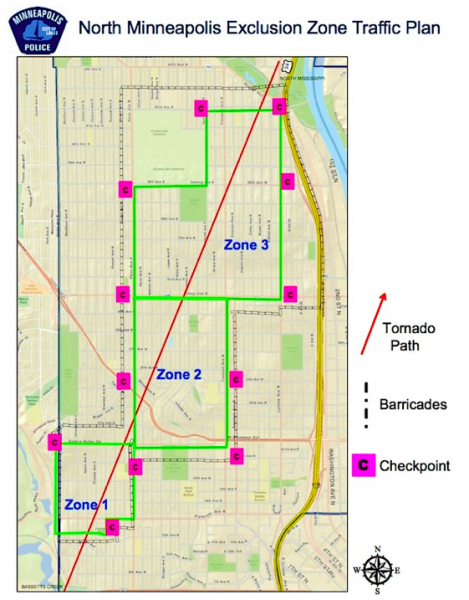 A quick check of the Minneapolis Police traffic plan confirmed my fear. The tornado's path hit the park. I called my boss from the Mississippi National River and Recreation Area and said, "I know it's my day off, but do you mind if I put on my uniform and go check out the situation?" If areas were blocked off, I knew I'd have a better chance of getting in and not be perceived as a looter if I had my official badge and uniform on. He said to go for it.
A quick check of the Minneapolis Police traffic plan confirmed my fear. The tornado's path hit the park. I called my boss from the Mississippi National River and Recreation Area and said, "I know it's my day off, but do you mind if I put on my uniform and go check out the situation?" If areas were blocked off, I knew I'd have a better chance of getting in and not be perceived as a looter if I had my official badge and uniform on. He said to go for it.













